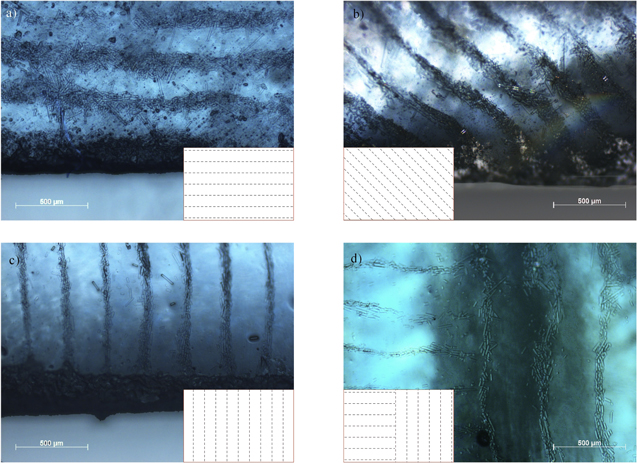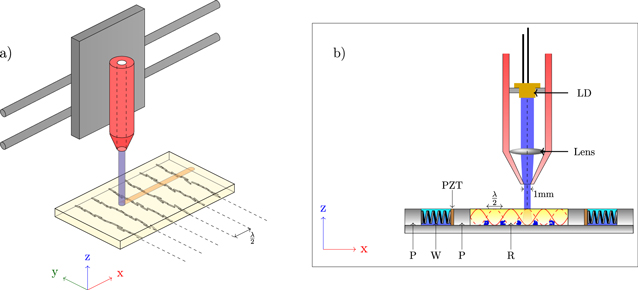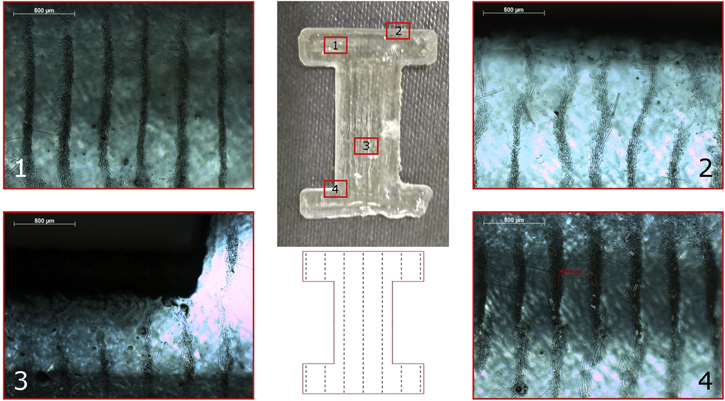Researchers at the University of Bristol’s Faculty of Engineering have developed a new technique for strengthening 3D printed resin.
One of the complaints about resin-based 3D printing is the typically poor strength of the resulting prints. Often we hear engineers and prototypers head back to the familiar plastic extrusion machines that can print strong materials such as ABS or Nylon, as their projects require tough parts that, say, might be used in a machine. In some cases, they simply avoid resin-based 3D printing altogether for this reason.
This is a shame, because resin-based 3D printing has such great properties, such as extremely high resolution, use of many different types of materials, mechanically simpler and of course, speed of printing. In fact, several companies have recently “supercharged” the standard resin process through a variety of ingenious techniques to produce machines that can print in resin at visibly noticeable speeds.
The new technique uses resin mixed with a quantity of very fine glass fibers; The size used in the experiment was 0.014mm wide by 0.050mm long. These fibers are quite strong and their addition to a resin print would certainly increase its strength – but only if the fibers were aligned along lines of stress in the 3D design.
Their solution is also ingenious: use ultrasonic waves to rapidly align the fibers in real time as the resin is solidified. As the solidifying laser sweeps across the resin, the ultrasonic waves are instantly adjusted to align the fibers in that region to the appropriate orientation. Fibers can be aligned along any direction, as you can see at top!.
In this way the print should end up with perfectly aligned fibers in all parts of its geometry – and thus becoming quite strong.
This is a fascinating technique that apparently is applicable to other resin particulate additives, opening up a whole field for experimentation.
But for now, this is merely an experiment described in a scientific paper. But it seems good enough for someone to take on the challenge of integrating it into a real product. We hope this happens soon!
Via IOPScience




